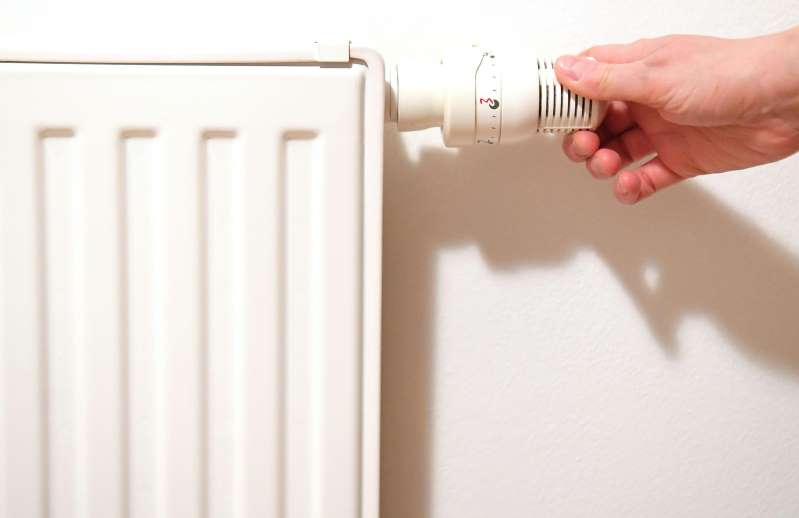The real estate industry is concerned with the energy transition in the building sector. The goals are set, the implementation is being refined.

According to Statistics Austria, 913,000 households in Austria heat with natural gas and a further 630,000 households with oil: In total, almost 40 percent of Austrian households heat their living spaces with fossil fuels. It should be over with the energy transition in the building sector.
Switch to renewable heating systems
By 2030, the partial phase-out (at least 55 percent) of fossil fuels and the switch to renewable heating systems should be completed across the EU. Austria has agreed to phase out completely by 2040. For more than a year, since January 1, 2020, it has no longer been allowed to install oil heating systems in new buildings in Austria. The turquoise-green government program also provides for the end of all oil heating systems by 2035.
In the new building from 2025
Gas boilers and gas connections should no longer be allowed in new buildings from 2025 (four years from now). The same applies to the further expansion of gas networks for space heating. How the path to get there will look like and which measures are required for implementation are largely open to politicians. From a technical point of view, in addition to the conversion to district heating, air heat pumps and heat pumps that use the ground as an energy store and thus also enable neutral room cooling in summer would be the most important thing.
Expert Klaus Wolfinger
“The running energy costs of such systems are relatively low and that opens up considerable scope for refinancing the initial investment,” says Klaus Wolfinger, property developer spokesman for the Austrian Association of the Real Estate Industry (ÖVI). For this, appropriate legal framework conditions would have to be worked out. “We are only at the beginning – but the good news is: Dedicated pilot projects and sophisticated model calculations show that there is a viable technical solution for every location and every type of building,” summarizes Klaus Wolfinger.
Challenges
The changeover to existing apartment buildings will be significantly more challenging than in new residential construction. Because in many apartment buildings there are still no central heating systems, but a separate gas boiler in each apartment. According to Statistics Austria, gas heating is in operation in more than 500,000 apartments used as the main residence.
In order to finance a conversion towards renewable heating systems, the reserves in apartment buildings must be appropriately endowed. But that's not all. Wolfinger is convinced that “incentives such as subsidies and tax relief are needed”.

